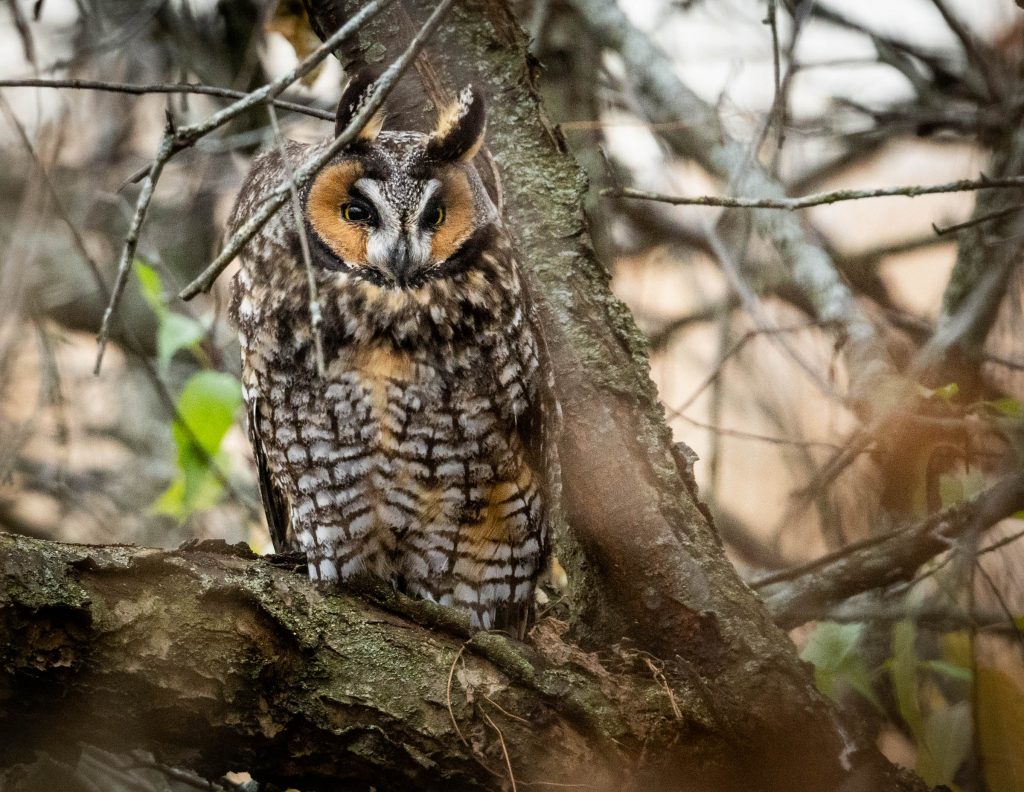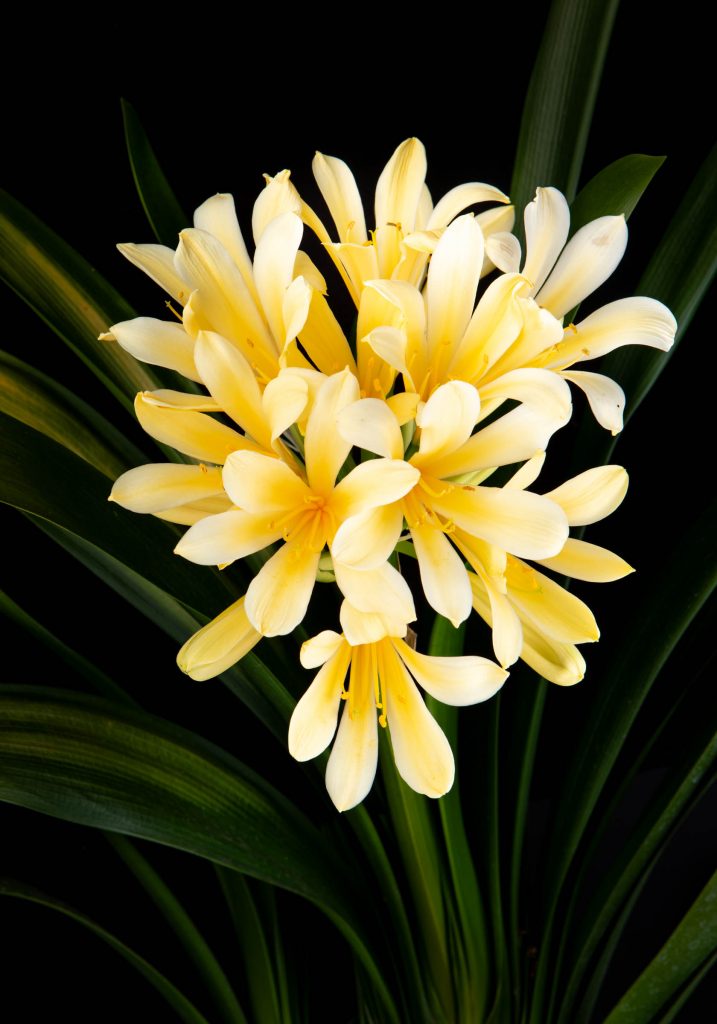This post is just a place to post some images I’d like to share.
Some birds fly under the radar of our lives. Such is my experience with the Rock Sandpiper. While I’d seen countless other shorebirds in all kinds of environments, I’d never before crossed paths with one of these.
These birds spend their summers in the coastal tundra along the Bering Straight. In winter, they disperse southward along the Alaskan and Canadian coasts. And a few of them make it as far south as Oregon, like this individual. This encounter was on the northern Oregon coast, at Barview Jetty. This bird was poking around the barnacles with dozens of Surfbirds, a few Black Oystercatchers, a couple Black Turnstones, and various other common birds of the Oregon Coast.

Along the Skagit River in the foothills of the North Cascades, even the chickadees take on a woody flavor. Chestnut-backed Chickadees are a northwest specialty, with a range extending from coastal southern California up to southern Alaska. This bird was one of many swarming the yard of my friend’s house, where I was able to get a lot of close views. But these birds are so frenetic, getting a good photograph was still a challenge. I have many photographs of blurry tails and tangles of branches to go along with this one. I like how this angle accentuates the bird’s name.
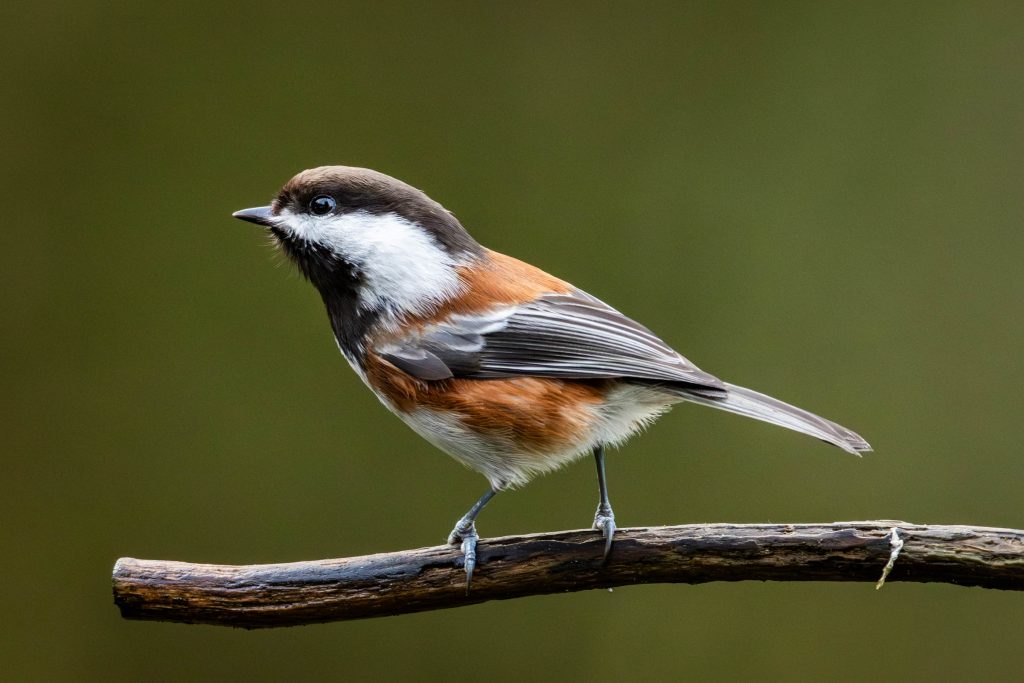
This view is looking up the Skagit River from the foothills of the North Cascades mountains. The prominent peak to the left is Sauk Mountain. The Skagit River is beneath all that fog, draining the soggy rainforests and glaciated peaks beyond to become the 3rd largest river (by volume) on the west coast of the continental US.
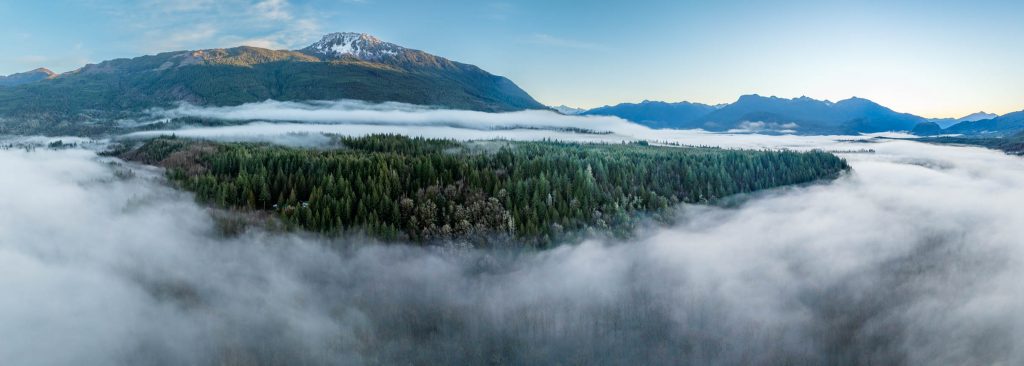
Underneath all that fog, Trumpeter Swans have found a winter refuge at an old bend of the river, broken-off some time ago and now serving as a lake. These are the largest species of waterfowl in the Americas and possibly the world, weighing up to 30 pounds.
In the years when our country’s resources were assumed limitless by too many, these geese were nearly hunted to extinction. By the 1930s, fewer than 100 individuals were known to exist. Though there were likely more uncounted populations far from human habitations, things were dire for the species. Thanks to conservation efforts, they’re doing much better these days; with a global population estimated above 60,000.
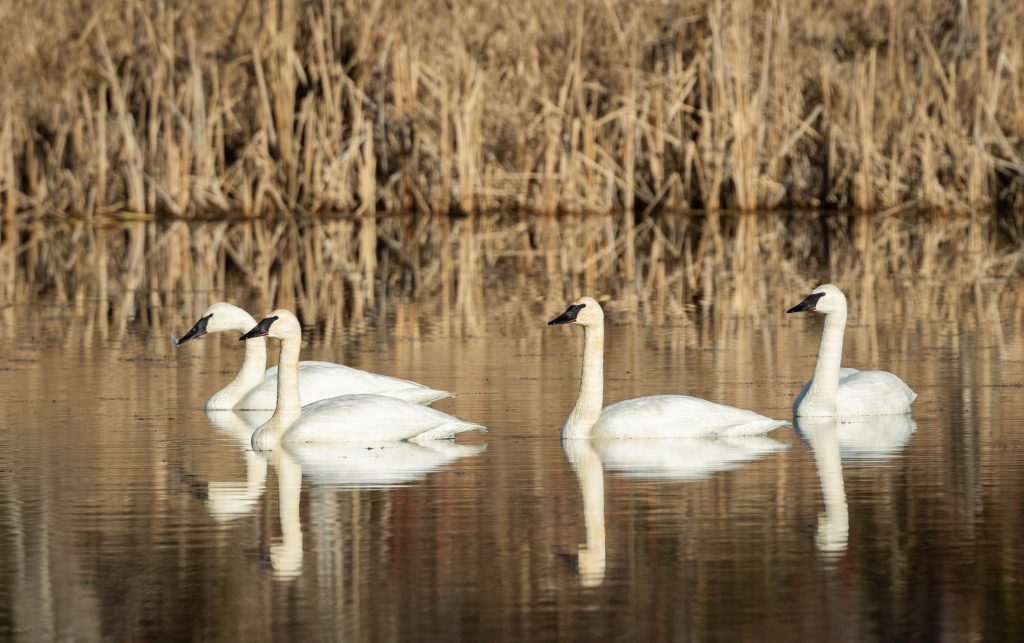
Pruning shears are a tool most people don’t think much about. But this Japanese design refines them to their essence. Calling these anything other than secateurs belittles them. They’re all hardened steel, no plastic or rubber bits to wear down. They have no excess parts, no frustrating design flaws, and can easily be disassembled and reassembled to clean, sharpen or tighten. I’ve owned and used these secateurs for years. Thousands of branches of all sizes have been run through these. I took them apart, cleaned buffed and sharpened them… They’re almost too satisfying to put down.
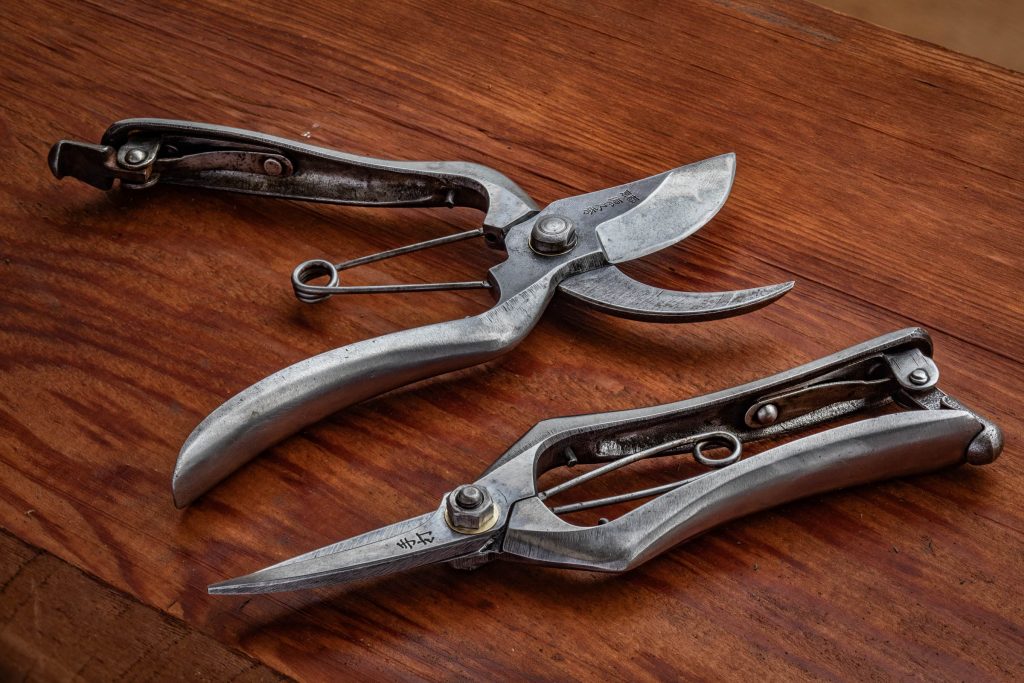
I had about an hour to kill in east Portland. So I looked at the map, and picked-out Whittaker Pond – a known birding hotspot that might be interesting to explore on what turned out to be one of the coldest days of the year. I’ve seen plenty of Ruby-crowned Kinglets over the years, but they’re usually darting through the forest undergrowth, and rarely showing their ruby crowns like this. This guy spent a few minutes poking around the snow before bouncing-off to points unknown.
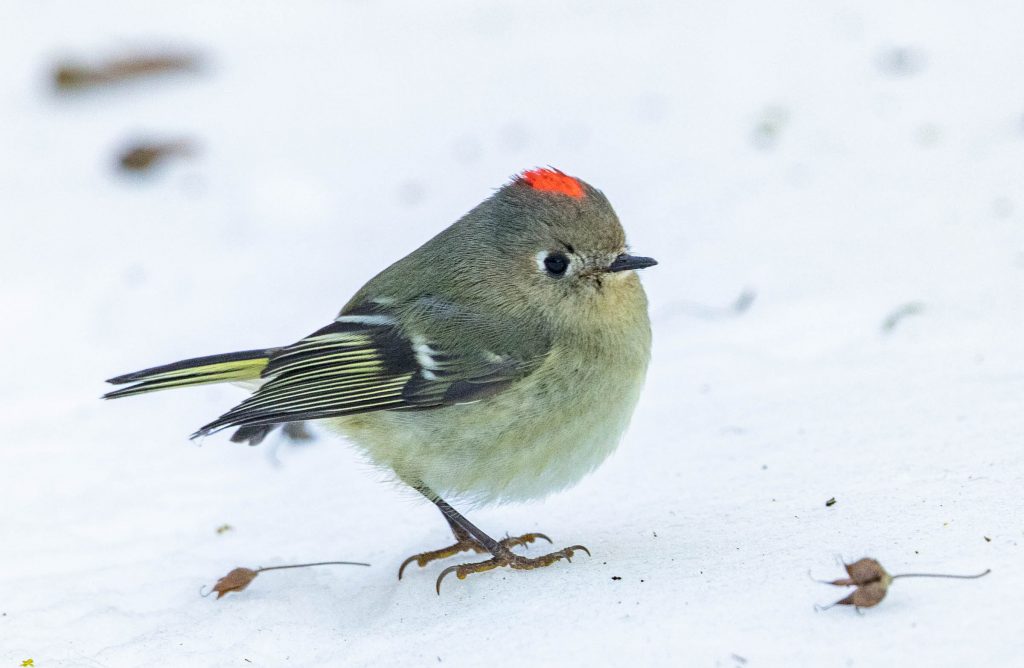
The Red-shouldered Hawk has been slowly expanding its range through the years. Portland is near the northwest edge of that range, and it was just a matter of time before one of them appeared at my “local patch” (what birders call the nearby bit of habitat you visit all the time). A week later I heard another Red-shouldered Hawk (likely the same individual) screaming loudly and incessantly, announcing it’s presence in this new land.
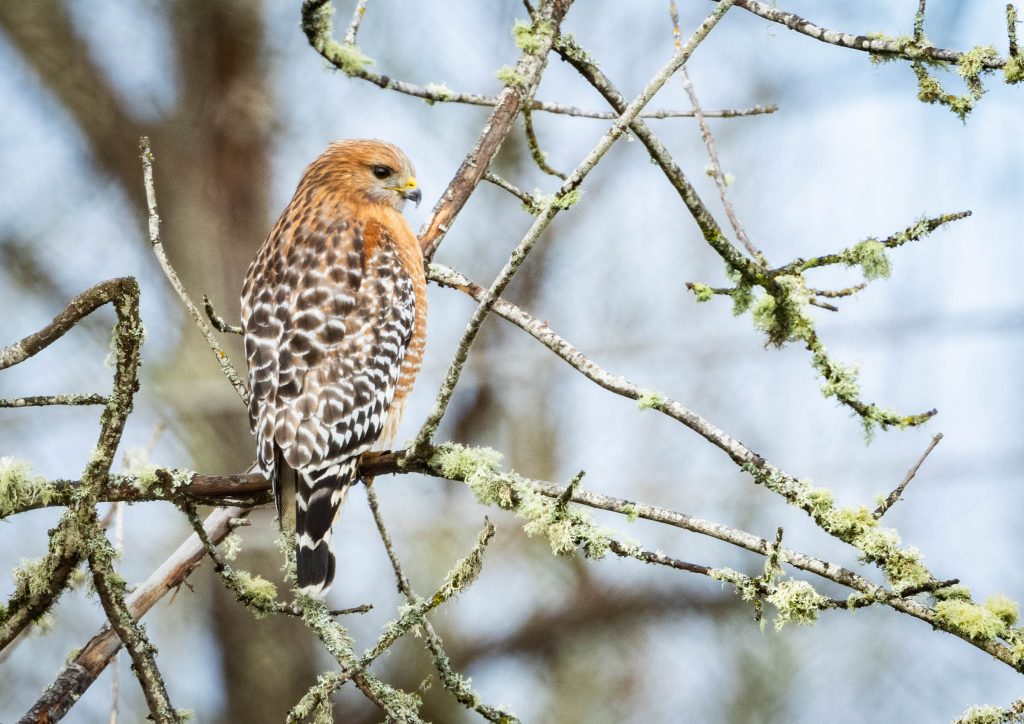
I’ve been working on a long-running project to capture all sorts of flowers in the studio with controlled lighting and black backdrops. This allows me to highlight aspects of the flowers and plants that one might not notice in a quick glance. Most of the flowers I photograph like this are common, abundant flowers on the smaller side – I can usually cut the flowers and arrange as I like. However, this hybrid Clivia only blooms once or twice a year, producing a cluster of flowers about 6 inches across. I didn’t want to cut them, and I thought the palm-like leaves of the plant helped frame the image. So, I had to get the entire potted plant into the studio. I’m glad I went through the effort.
You might not guess this next photo was in the middle of one of the largest cities in the the US. The subject here is a Long-eared Owl, and it was resting for the day at Montrose Point in Chicago. This bit of woods and grasses is an island of life poking into the inland sea of Lake Michigan; surrounded on all other sides by a concrete jungle. Only a tiny window between the branches afforded this view.
